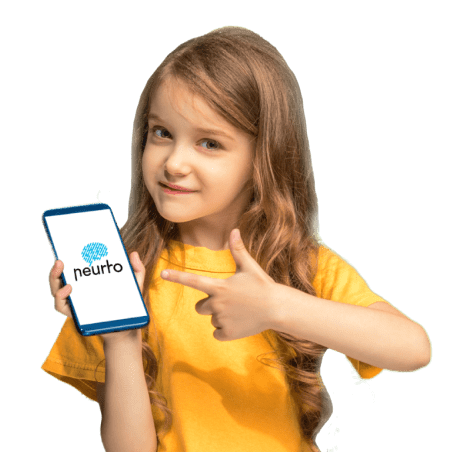Even before the development of the hardware and software complex, a huge number of studies were conducted in the scientific and medical community on the topic of the positive impact of general (not individualized) biofeedback for people with ADHD. The team of developers, scientists, teachers, and researchers relied on the experience of their predecessors and on their own unique experience and research.
CLINICAL RESEARCH:
Medical and scientific research involving volunteers will determine how effective the new method of treating ADHD symptoms is compared to existing ones. How safe is the new process – are there any side effects.
PRACTICAL RESEARCH:
Research that allows testing and confirming in practice is an indicator of the effectiveness of the new method of treating the disorder.
If you want to get acquainted with the research materials in detail, leave a request, and our specialists will send you the materials.
Leave a requestIn Russia, 4 to 34% of children have behavioral and attention disorders. After entering school, the problems intensify because a child with a disorder is unable to meet the requirements of the teaching staff, and the teaching staff and parents are often insufficiently informed about how to effectively help a child adapt and reveal his or her good intellectual potential.
School can be a place for optimal correction of attention and behavior disorders in children at risk for ADHD. The study examined the impact of neurofeedback correction procedures on the effectiveness of the educational process.
The study was conducted in a municipal school from 2003 to 2014. A class was organized for children at risk for ADHD, which was diagnosed by a neurologist, and psychological testing and neurophysiological EEG studies were also conducted. There were 15 children in the class. They took a correctional course during the educational school process. The course consisted of individual lessons.
At the beginning and end of each school year, EEG dynamics were analyzed, the time to complete the Schulte test was assessed, and the academic performance of all children was monitored based on the average score for each subject. The results were compared with children from parallel classes.

The overall effectiveness of the course was 94%. All children from the experimental class successfully completed primary and secondary school, and academic performance indicators met academic requirements. The organization of rooms for conducting correction courses in the school showed high efficiency and influenced the social and psychological adaptation of children with ADHD to normal learning conditions. And children with disorders ceased to fall out of sight of medical structures or teaching staff.
Neurofeedback training to reduce the theta/beta ratio is used to reduce symptoms of hyperactivity and attention deficit. But with low efficiency. The lack of individual dispersion in the EEG can even lead to worsening of ADHD symptoms. Therefore, the study was aimed at identifying EEG and EMG biomarkers that are most closely related to the main characteristics of ADHD. And also to confirm the hypothesis that the effectiveness of TBR NFT can be increased by individual adjustment of frequency ranges and simultaneous training on forehead muscle tension.
The study involved 94 children with an official diagnosis of ADHD, as well as 23 children from the control group. All children were male. Their ages ranged from 6 to 9 years.
The group of children with ADHD was divided into three subgroups according to the type of disorder: predominantly inattentive type, predominantly hyperactive-impulsive type, combined type. Participants were compared by EEG, EMG, psychometric characteristics. And randomly distributed into groups to reduce TBR.
Different symptom targets were used in the groups. Participants were assessed before, after, and 6 months after completion of the intervention. Data completed by teachers and parents, psychometric and behavioural rating scales, and 19-channel EEG and forehead EMG recordings were compared.
The research process revealed that ADHD in children shows:
All groups of children with ADHD achieved a significant TBR value, which was not noticeable in the control group. Overall, high alpha activity was recorded in the individualized group, not in the standard group. Even after 6 months of observation, the group with the individualized approach in combination with EMG showed the highest level of clinical improvement.

The process allowed us to identify various alpha activity indicators as biomarkers that are associated with ADHD symptoms. And also to see the success and clinically higher efficiency of the individually adjusted (taking into account alpha activity dispersions) TBR NFT in comparison with the standard and non-individualized.
If you want to order a hardware and software complex because you are looking for an effective solution to reduce ADHD symptoms in children aged 3 to 16, then leave a request right now
Our specialists will contact you within 1 business day.
Buy